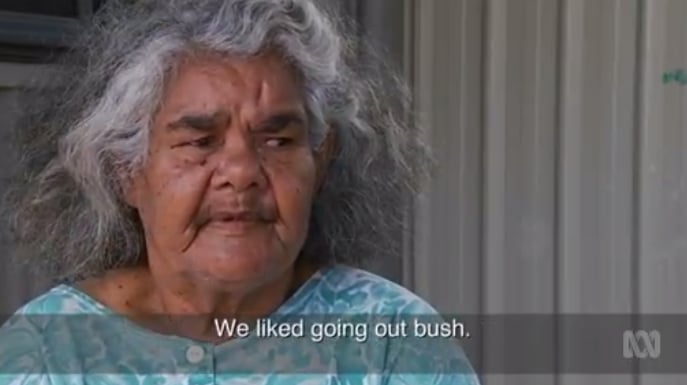
Family violence, child sexual assaults, drug and alcohol abuse, suicide… These are issues plaguing some Indigenous communities. But is the answer to shut them down?
Trigger Warning: this post deals with child sexual abuse, violence and suicide.
Stella Alberts was a daughter of the Stolen Generations.
As a child, she was taken from her mother and moved to an Anglican Mission.
She grew up there, and when it was closed, chose to return to her lands.
Sadly, this town would come to disintegrate into an infamous hotbed of crime, alcohol abuse, suicide and child sexual abuse.


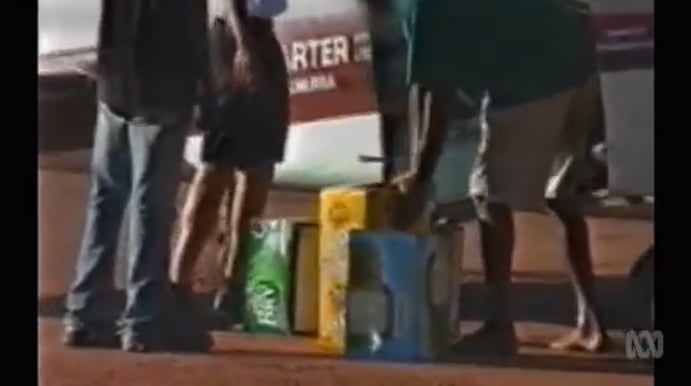

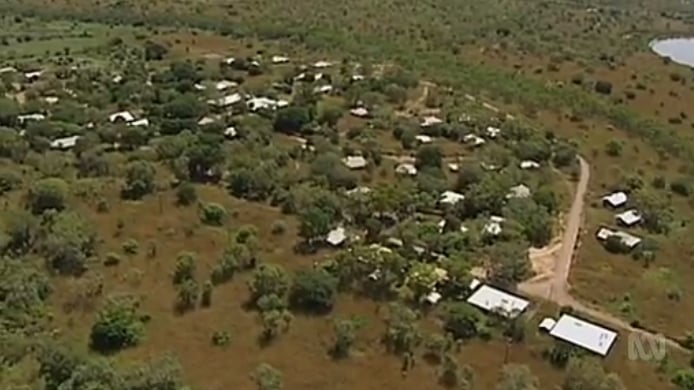
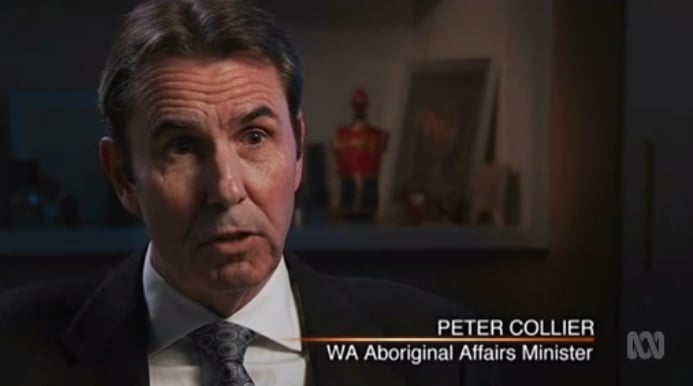
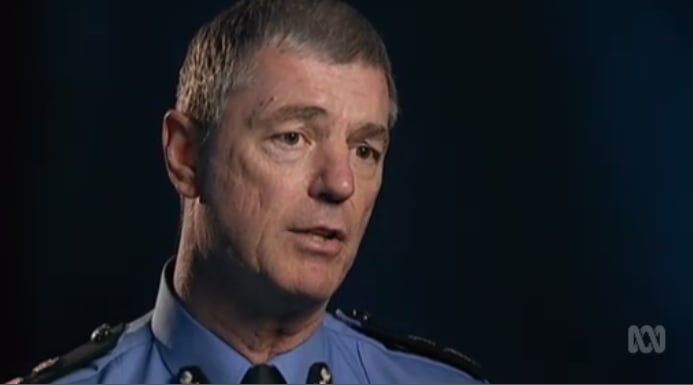
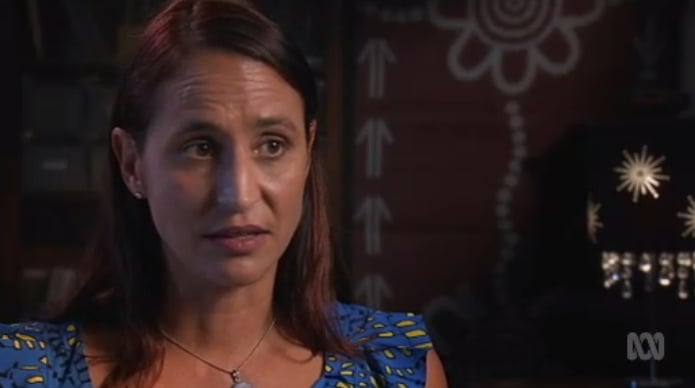
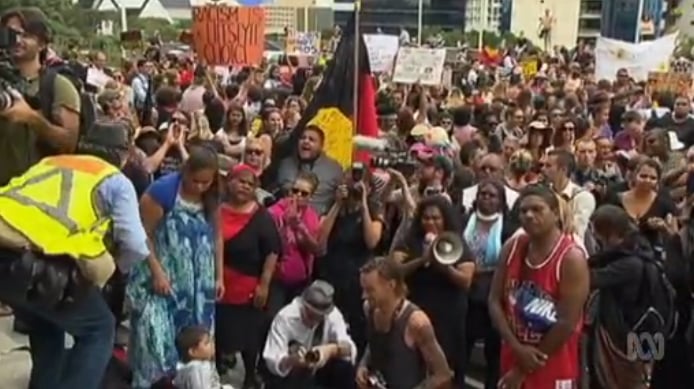
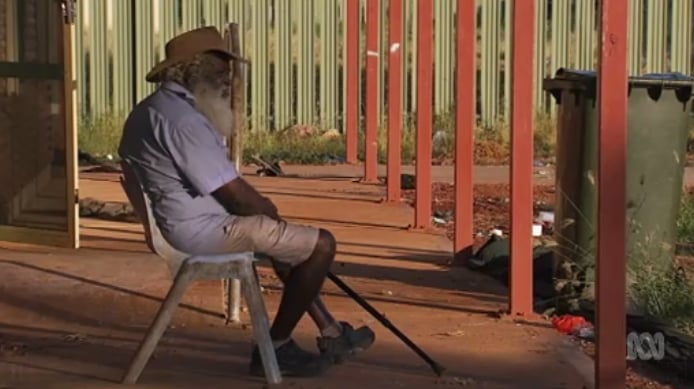
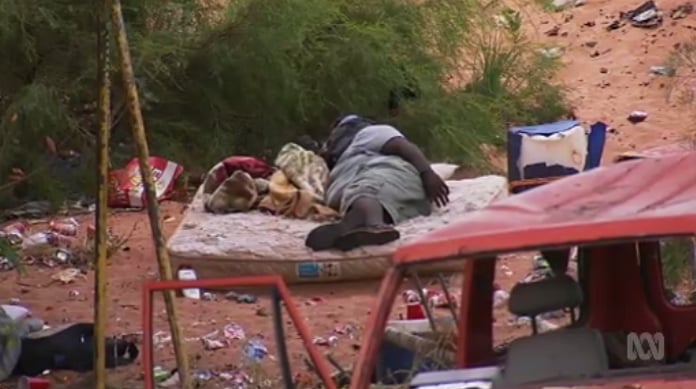
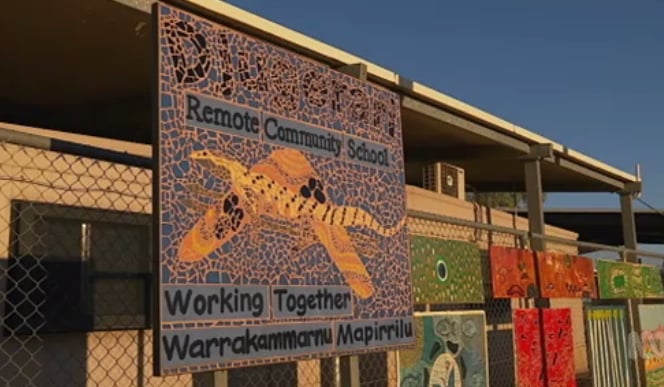
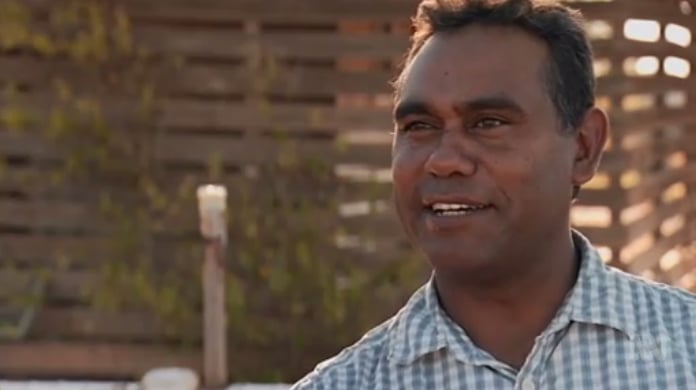
Top Comments
Never fear! The government just announced in the budget that they have BILLIONS of dollars for developing Northern Australia - all the way from W.A. to QLD!!! So good that they now will not have to close remote Aboriginal communities and are in fact going to deliver massive amounts of infrastructure and services to the needy people across the far north.
Huh? What's that? The development of northern Australia is for the benefit of businesses and the only roads being built are for cattle trucks? Hmmmmm. So they will kick out the remote Aboriginal communities...then start handing out the aid? Not racist in the slightest!